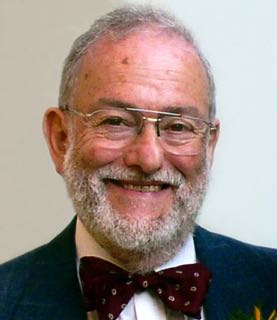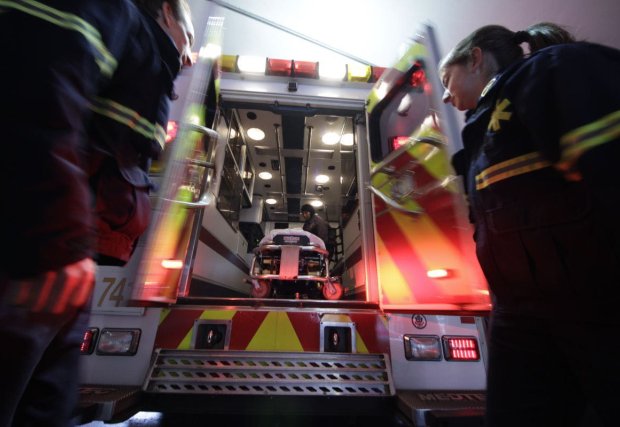GW has the best Level I trauma center around.
 David Rovner, a retired endocrinologist, was walking down D Street to 10th and that's the last thing he remembers.
David Rovner, a retired endocrinologist, was walking down D Street to 10th and that's the last thing he remembers.
Information pieced together from bystanders gave Rovner a picture of what happened the morning of November 28, 2012. He was walking to a meeting when he was struck by a bus and thrown about 15 feet through the air. In a single, defining moment, everything went blank. He may not remember the accident, but he says, two-and-a-half years later, he knows one thing for sure: “GW has the best Level I trauma center around.”
Rovner was rushed to The George Washington University Hospital’s Center for Trauma and Critical Care, where the trauma team determined that in addition to a crushed left arm, Rovner had a condition called “flail chest.” This is where three or more ribs are broken in multiple places and are no longer connected to anything, creating a “free floating” chest wall. Extreme pain and difficulty breathing accompany the condition.
“All 12 ribs on David’s left side were broken, many in multiple places, and 4 ribs on his right side were broken as well, so his chances of survival were very low,” says Babak Sarani, MD, FACS, FCCM, Medical Director of Trauma and Critical Care Surgery.
As the first trauma center in the Washington metro region to perform “rib plating” with a new system called RibLoc®, GW Hospital’s trauma bay was indeed the right place at the right time for Rovner. Surgeons repaired his chest wall using the system’s U-shaped plates and locking screws, and virtually eliminated his chest pain.
“David was transferred to rehabilitation only two weeks after his operation and never required a prolonged means of life support, which is nothing short of remarkable,” says Dr. Sarani.
Rovner is glad his memories of the accident are few. He does recall waking up a week later with his grown children surrounding his bed, and the “lovely” GW Hospital staff. “Every member of the staff was absolutely interested in the individual person and communicated in an engaging manner. My wife and I noticed it immediately,” says Rovner.
He doesn’t hesitate to credit the trauma team as well for exceptional work. “I was very fortunate to be taken to GW Hospital. If I hadn’t been there, I would be dead because of the severity of my injuries,” he says.
Podcast: What is a Level 1 Trauma Center?
Babak Sarani, MD, FACS, FCCM, explains what the designation of a Level I Trauma Center means to patients in need of emergency care. He discusses the staffing, equipment and procedures that go into providing care for the most critically injured patients.

